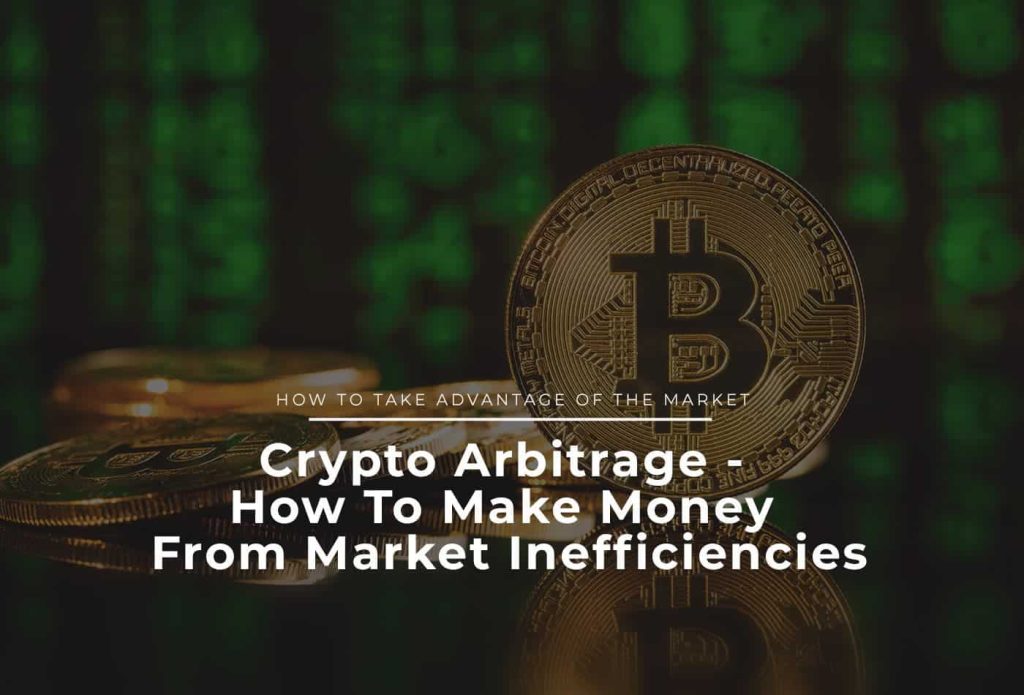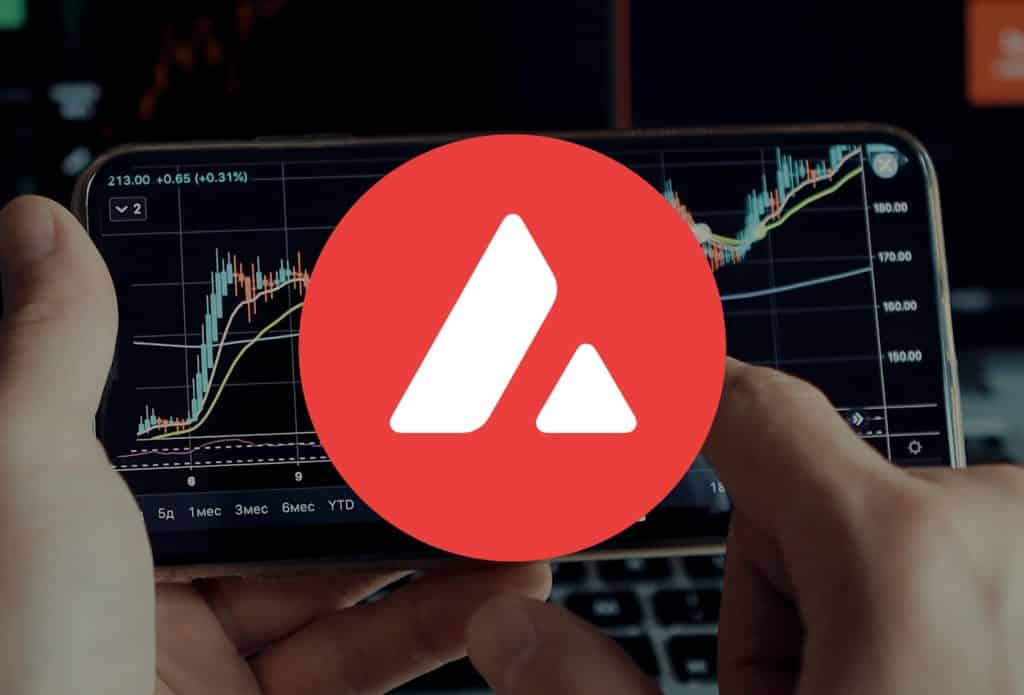This article was last updated on June 10, 2022
WIth cryptocurrencies’ explosive rise in popularity, numerous crypto exchanges have started cropping up all over the internet. These websites allow customers to easily and quickly exchange, trade, and convert various crypto tokens or currencies. However, because there are so many of these platforms out there, it is only natural that slight discrepancies will occur between the prices they list for the different currencies. As a result, arbitrage has made its way into the world of crypto, and many traders are now utilizing the strategy to their advantage.
Table of contents
What Is Arbitrage?
Arbitrage is a trading strategy that has been around far longer than crypto assets. It has been the strategy of choice for traders in conventional financial sectors for decades. In short, it is the practice of buying an asset at a given price on one exchange while simultaneously selling it on another exchange for a price that is slightly higher. Traders can accomplish this thanks to the small difference that various exchanges provide for the same asset.
In general, arbitrage can be applied to any asset that is publicly traded. Most commonly, the strategy is used when trading currencies; however, it can also be applied to stocks or even commodities.
While arbitrage takes advantage of market inefficiencies, it also works as a way of correcting them. In fact, there are some exchanges that rely on arbitrage to naturally keep prices in line with the market standard. Because traders are able to profit from arbitrage with relatively low risk, it is impossible for prices on any exchange to stray too far for too long.
Popular Types Of Arbitrage
Pure Arbitrage
Pure arbitrage is the simplest form of the strategy. An example of this is an investor buying an asset for a given price on one exchange and simultaneously selling it on another at a slight profit. This can be accomplished thanks to the slight discrepancy in pricing that occurs between the various markets. Pure arbitration is the most straightforward example of savvy investors taking advantage of such differences to make a profit.
Triangular Arbitrage
Triangular arbitrage is a more complex strategy that involves trading in foreign exchange currency pairs. Here, investors will buy and sell multiple currency pairs. In order to be properly executed, the strategy requires at least three pairs of currencies. The investor will exchange one currency for another, sell that for a third, and exchange the third currency for the initial one. Profit is made along the way, thanks to the small differences in price between the various currencies.
Because of the current technological state of the market, specialized software is required to execute the strategy properly, as carrying out the transactions manually would take too long, and you would miss the opportunity window.
Merger Arbitrage
Merger arbitrage is another variation of the strategy that can be accomplished by exploiting mergers between two organizations. Here, traders will buy shares of a company that is the target of an announced merger. Since the acquiring company will usually buy out the other at a premium, share prices will increase following the announcement.
However, the market prices will not reach the announced price that the acquiring company will be paying. This is because even after it has been announced, there is always a risk that a merger might fall through. As a result, investors who are willing to take a risk can buy shares prior to the deal going through. They will then profit from the rise in stock prices after its finalization.
Crypto Arbitrage
As a popular trading strategy, arbitrage has naturally made its way into the world of crypto assets. Thanks to the high volatility of the market and the vast number of different assets, cryptos are an excellent subject for this approach. Additionally, the high number of markets and trading platforms also contributes to the strategy’s viability. As a result, many crypto enthusiasts and traders have found great success by applying the strategy to this new market.
How Are Cryptos Priced?
There are two types of marketplaces in the crypto world, namely centralized and decentralized exchanges. These work differently, and which one you decide to trade on will have a direct effect on how you can apply arbitrage.
Centralized Exchanges
Centralized exchanges work by matching sellers and buyers of different currencies. As such, they act as facilitators for these transactions. Such platforms use the latest bid-ask matched order to set the price of any giver currency. This means that they use the latest price at which a trader has bought or sold a currency as the current market price.
Because of this way of operating and the large number of different marketplaces, centralized exchanges often have varying prices. The demand for a given currency also plays a large role here, as it directly correlates with its liquidity and price.
Decentralized Exchanges
Meanwhile, decentralized exchanges work in a very different way. They rely on what is known as liquidity pools to provide different currencies to buyers. Each pool represents a pair of two currencies. This means that if a buyer is looking to trade Ethereum for Bitcoin, they will need to locate the ETH/BTC pair to do so.
In order to source funds, each pool relies on volunteer crypto providers who stake their own coins in the pool. In return, they receive a proportionate part of the pool’s transaction fees as compensation. With this setup, decentralized exchanges eliminate the need to match buyers and sellers to execute transactions.
Decentralized exchanges directly rely on arbitrage to regulate prices. As trades in each pool occur, the ratio of the two coins can become one-sided. To combat this, the pool’s protocol will automatically lower the price of the more abundant currency. This encourages traders to buy it at a lower price until the ratio reaches an equilibrium.
Types Of Crypto Arbitrage
There are numerous ways that traders can carry out arbitrage in the crypto market. Some of these are ones used in fiat markets, while others are new strategies made possible thanks to crypto’s unique traits. Here are some of the most popular types of crypto arbitrage that investors employ.
1. Cross-Exchange Arbitrage
Cross-exchange arbitrage is a simpler form of the strategy that relies on the varying prices quoted by different marketplaces. Here, a trader will buy a specific cryptocurrency on one exchange and sell it on another at a higher price. The difference between the two prices is the profit that the trader earns.
Cross-exchange arbitrage is a very potent strategy thanks to the incredibly large number of different crypto exchanges that are available online. Because these are so numerous, the opportunities for this strategy to be applied are also increased.
Related: 3 Most Undervalued Crypto in 2022 That Will Explode
2. Spacial Arbitrage
Spacial arbitrage is very similar to the previous variation. In fact, it is a type of cross-exchange arbitrage. However, with spacial arbitrage, traders rely on the discrepancy in price between exchanges in different countries and regions. This is possible because the demand for a currency will vary depending on what country it is being traded in.
As an example, investors can buy a currency from a US exchange and transfer it to a European one where the demand might be higher. As such, they will be able to sell it at a higher price and gain a profit.
3. Triangular Arbitrage
Just like with regular currencies, crypto triangular arbitrage requires a minimum of three different pairs of coins. To execute this strategy, traders will exchange one currency for another and then use that to buy a third. Finally, they will use the third one to again purchase the initial crypto that they started out with.
By capitalizing on the different price variations along the way, this strategy accumulates the small differences to gain a profit while making sure that you end up with the same currency you started with.
4. Software-Aided Arbitrage
Many traders will use specially designed software or bots that automate the process of arbitrage. These quickly scan various markets to find discrepancies much faster than humans could. The software will then automatically execute transactions until the profitability is lost.
Such software solutions have settings and parameters that the user can set. These can include price ceilings, sell orders, number of trades, and more. Once set, the software will only act within the specified parameters.
While this might seem like a no-brainer, arbitrage software does come with some caveats. Foremost is the fact that not all are made equal. Such software can vary wildly when it comes to quality or success rate. Regular updates and developer support are paramount due to the quickly evolving nature of the crypto market. Additionally, as these tools have full control and access to your funds, there is a potential risk of fraud. You should always make sure to do in-depth research on any such tools before allowing them access to your accounts.
Finally, there is the matter of the costs. Trading and arbitrage software tools are paid services, often offered under a subscription model. In most cases, they will have several tiers of monthly plans with some costing in the hundreds. As such, they can run you a pretty penny and need to be very successful in order to be feasible.
5. Statistical Arbitrage
Statistical arbitrage is one of the most complex approaches that heavily relies on mathematical equations and statistics. This is more of a macro-focused strategy where traders utilize complex mathematical formulae, trading software, and econometrics to achieve trading at scale.
Related: Crypto Tax In The UK
Risks Of Crypto Arbitrage
While crypto arbitrage is considered a safe trading strategy, there are still significant risks that investors should be aware of. When employing arbitrage, traders need to account for different variables that have a considerable effect on the bottom line. Here are some of the most important factors that you should look out for.
1. Fees
Crypto trading platforms have all sorts of fees associated with their service. Standard charges include deposit and withdrawal fees as well as trading fees. While these might not be as noticeable for passive investors, active traders are much more affected. When accumulated, they can often eat up as much as 3 to 5% of your capital. This especially applies to those who are constantly depositing and withdrawing like arbitrage traders.
Even if you are successful and make a profit through arbitrage trading, you can quickly end up in the red when you take into account all of these fees. As a result, you should always keep track of them and properly account for them in your calculations. It is always advisable to choose platforms with lower transfer and trading fees if possible. Alternatively, traders can buy and short identical currencies on several markets simultaneously to execute the strategy without transferring funds between them.
2. Security
Security is a very significant factor here, as fraud has been prevalent in the young cryptocurrency market. Since arbitrage traders have to deposit large sums, often spread over multiple platforms, they are prime targets for theft and scams.
As such, you should always make sure to thoroughly research the marketplaces and wallets that you will be using. Make sure to stick to reputable ones that are widely known and have a solid track record. Otherwise, you might fall prey to exit scams or account breaches.
3. Speed
Speed and timing are crucial to successful arbitrage trading. Because of the time-sensitive nature of the strategy, only the fastest traders are able to effectively implement it and benefit from price discrepancies. Those who lag behind others will generally get a worse deal or completely miss opportunities.
In order to be quicker, traders need to be actively engaged and keep a close watch on the market. Spreading your capital across multiple marketplaces can also be of assistance here, as it eliminates the downtime that transferring funds creates. Finally, trading software is always helpful; however, that does come at a premium price, as we already mentioned.
The Bottom Line On Crypto Arbitrage
While arbitrage is a completely legitimate and feasible trading strategy, it does require a lot of involvement from the investor. Those who practice arbitrage need to keep a close watch on the market and be ready to seize an opportunity at a moment’s notice. Knowledge and skill are key, as finding discrepancies and knowing how to properly monetize them is no easy task. This is especially true in the world of crypto, where everything moves at a much quicker pace.
Before you can learn to trade through arbitrage, you will first need to understand all of the different variations of the strategy and pick the one that best suits your style and needs. Then, you should carefully select the platforms you will be trading on. Finally, start out with smaller trades and make sure to keep track of the important factors we outlined above. This will reduce the risk while learning and allow you to move at a comfortable pace.





